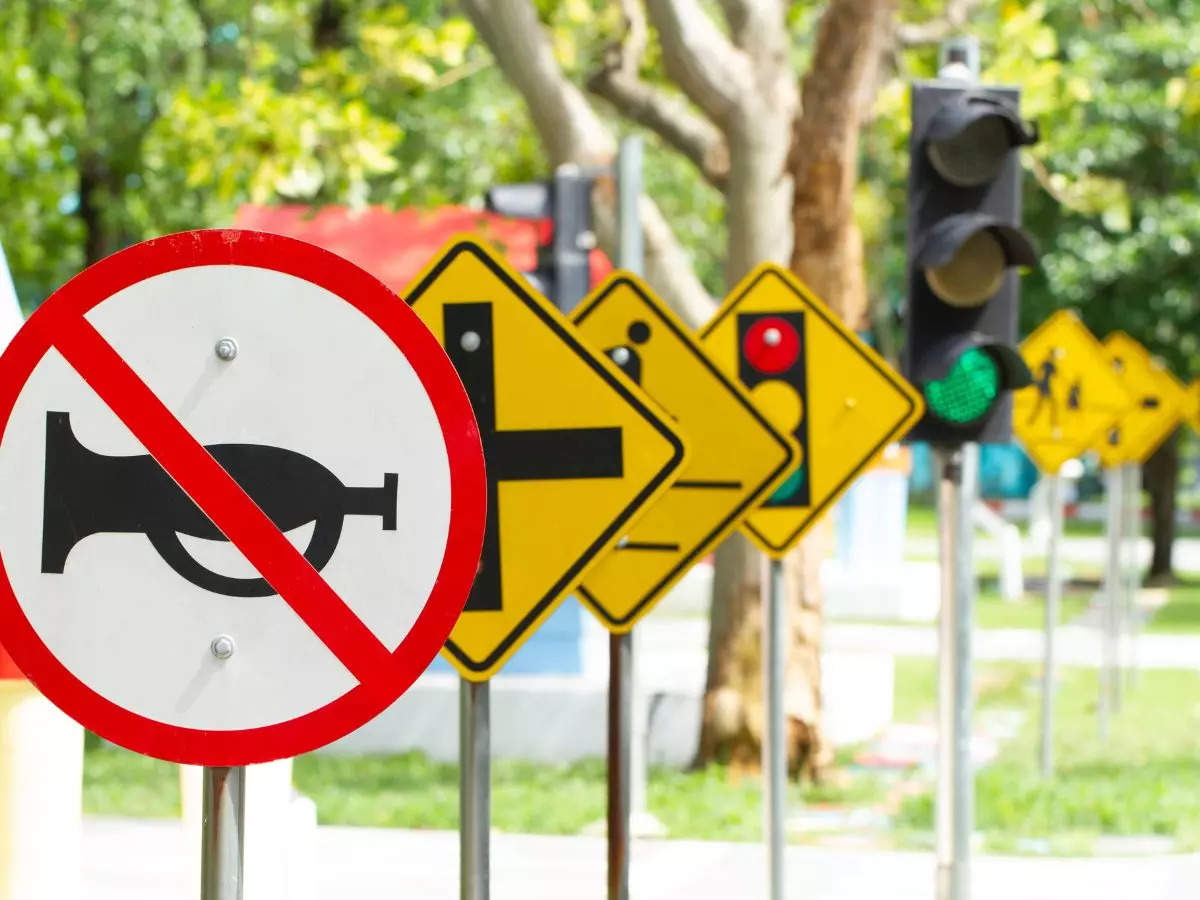Hand signals by traffic police are manual signals displayed by the traffic police officers to regulate the traffic and direct the road users. These signals include stop, go, slow down, move to the left or right, straighten up, etc. These signals override any other road signage or traffic lights, and must be followed by the road users. Some examples of hand signals by traffic police are:
Stop signal: When traffic police officers need to halt vehicles, they extend their right arm horizontally, palm facing outward, signaling an immediate stop. This authoritative gesture commands drivers to come to a standstill, ensuring compliance with traffic regulations and maintaining order on the road.
Go signal: To indicate that vehicles can proceed safely, traffic police lower their right arm and point it in the direction of traffic flow. This motion communicates permission to resume travel, guiding drivers through intersections or junctions with clarity and confidence.
Slow down signal: When traffic conditions require reduced speed, officers move their right arm up and down, palm facing downward. This signal alerts drivers to the need for caution, prompting them to decelerate and proceed with heightened awareness of potential hazards.
Move left or right signal: To facilitate lane changes or shifts in traffic direction, traffic police extend their right arm horizontally and wave it to the left or right. This gesture informs drivers of the intended maneuver, promoting smooth transitions between lanes and minimizing the risk of collisions.
Straighten up signal: When emphasizing the importance of maintaining a straight trajectory, officers hold both arms horizontally, palms facing outward. This visual cue reminds drivers to maintain a steady course, promoting orderly and predictable movement of vehicles on the roadways.
Image: Pinterest
